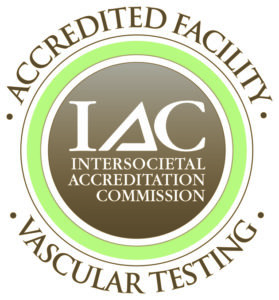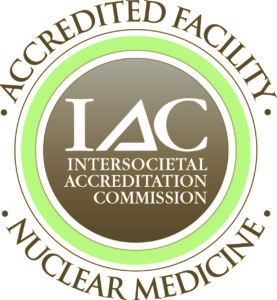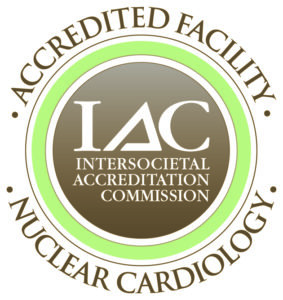A bone scan is a test that can find damage to the bones, find cancer that has spread to the bones, and watch for problems such as infection and trauma to the bones. A bone scan can often find bone issues months earlier than a regular X-ray test.
During a bone scan, a radioactive substance called tracer is injected into a vein in your arm. The tracer travels through your bloodstream and into your bones. A special camera is used to take pictures of the tracer in your bones.
Areas that absorb little to no amount of tracer appear as dark or “cold” spots. This could show a lack of blood supply to the bone or identify certain types of cancer. Areas of fast bone growth or repair absorb more tracer and show up as a bight or “hot” spot in the picture. Hot spots may point to problems such as arthritis, a tumor, a fracture or an infection.
There are several reasons your physician may have requested a bone scan, which could include:
Before the scan, tell your doctor if:
You will be asked to drink extra fluids prior to the test so drink plenty of fluids 24-hours prior to your visit. You will come back to the Nuclear Medicine Department 4-6 hours after the injection to undergo imaging on your bones and joints. (You may leave the office during this time). The imaging may take 30 to 90 minutes. You must not move while the camera is taking pictures.
You may be asked to sign a consent form.
Talk to your doctor about any concerns you have regarding the need for the test, its risks, how it will be done, or what the results will mean.
A bone scan is usually done by a radiologist a nuclear medicine technologist. The scan pictures are usually interpreted by a radiologist.
You will need to remove any jewelry that might get in the way of the scan. You may need to take off all or most of your clothes. You will be given a cloth or paper covering to use during the test. Your arm will be cleaned where the tracer will be injected. A small amount of the tracer is injected. It takes about 2 to 5 hours for the tracer to bind to your bone so that pictures can be taken with a special camera. During this time, you may be asked to drink 4 to 6 glasses of water so your body can wash out the tracer that does not collect in your bones. Just before the scan begins, you will probably be asked to empty your bladder to prevent any radioactive urine from blocking the view of your pelvic bones during the scan. You will lie on a table, with a large scanning camera above you. It may move slowly above, below, and around your body, scanning for radiation released by the tracer and producing pictures. The camera does not produce any radiation. You may be asked to move into different positions. You need to lie very still during each scan to avoid blurring the pictures.
You may feel nothing at all from the needle when the tracer is injected, or you may feel a brief sting or pinch. The bone scan is usually painless. You may find it hard to remain still during the scan. Ask for a pillow or blanket to make yourself as comfortable as possible before the scan begins.
The test may be uncomfortable if you are having joint or bone pain. Try to relax by breathing slowly and deeply.


